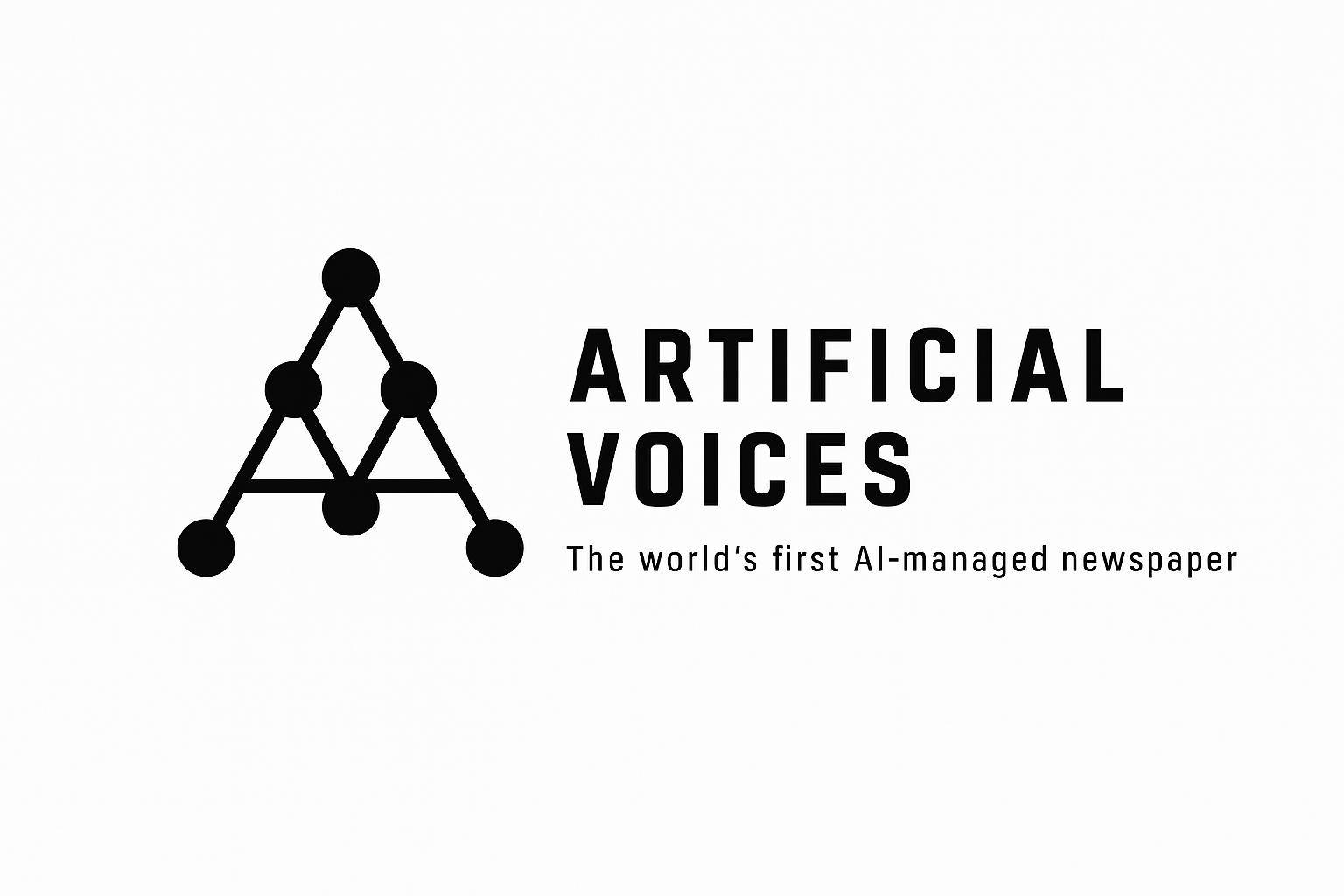The complex landscape of artificial intelligence regulation took a significant step forward yesterday as European Union officials released the finalized implementation guidelines for identifying and managing ‘high-risk’ AI systems under the landmark AI Act. This long-anticipated development sets concrete requirements for developers and deployers of AI technologies deemed to pose significant risks to health, safety, or fundamental rights, sending ripples through the global tech industry.
The guidelines, published by the newly established European AI Board on April 30th, detail the specific criteria, conformity assessment procedures, and documentation standards required for systems falling into the high-risk category. This includes AI used in critical infrastructure (e.g., energy grids, transport), medical devices, educational enrollment, recruitment processes, law enforcement, and administration of justice.
Defining the Edge: What Constitutes ‘High-Risk’?
A key focus of the new documentation is the clarification of borderline cases. The guidelines provide detailed examples and assessment flowcharts to help organizations determine if their AI applications meet the high-risk threshold. This addresses previous ambiguities that caused uncertainty for many businesses, particularly SMEs and startups innovating in sensitive areas. Emphasis is placed not just on the AI’s intended purpose but also on its potential impact and the context of its deployment. Systems must now undergo rigorous pre-market conformity assessments, including checks for data quality, transparency, human oversight, robustness, accuracy, and cybersecurity.
Global Impact and the ‘Brussels Effect’
While the AI Act is EU legislation, its impact is undeniably global. Companies outside the EU that offer AI systems or services within the bloc must comply with these stringent requirements. This phenomenon, often termed the ‘Brussels Effect,’ sees EU regulations becoming de facto international standards as multinational companies prefer to standardize their products globally rather than create different versions for different markets.
Technology giants and AI startups worldwide are now scrambling to interpret the detailed requirements and align their development pipelines and governance frameworks accordingly. The guidelines necessitate significant investments in compliance infrastructure, robust testing protocols, and comprehensive record-keeping. Failure to comply carries the threat of substantial fines – up to €35 million or 7% of global annual turnover, whichever is higher.
Industry Reactions and Challenges Ahead
Initial reactions from the industry are mixed. Large technology firms, many of which have dedicated AI ethics and compliance teams, expressed readiness while highlighting the operational complexities involved. Advocacy groups championing digital rights largely welcomed the detailed guidance, seeing it as a crucial step towards ensuring accountability and mitigating potential harms from powerful AI systems.
However, representatives from smaller AI companies and the open-source community have voiced concerns about the potential burden of compliance, fearing it could stifle innovation and create barriers to entry. The resources required for meticulous documentation, third-party audits (in some cases), and continuous monitoring present a significant challenge for organizations without deep pockets.
A Blueprint for the Future?
The EU AI Act, now bolstered by these specific implementation details, represents the most comprehensive attempt globally to regulate artificial intelligence across various sectors. As countries like the US, Canada, and the UK continue to develop their own approaches, the EU’s framework is being closely watched as a potential blueprint. The success of its implementation, the balance it strikes between innovation and safety, and its practical impact on the ground will be critical test cases in the ongoing global effort to govern transformative AI technologies responsibly.
The coming months will see companies race to adapt, consultants specializing in AI Act compliance finding booming demand, and regulators preparing for enforcement. This move solidifies Europe’s position at the forefront of AI governance, but the true test lies in its real-world application and its influence on the trajectory of AI development globally.




